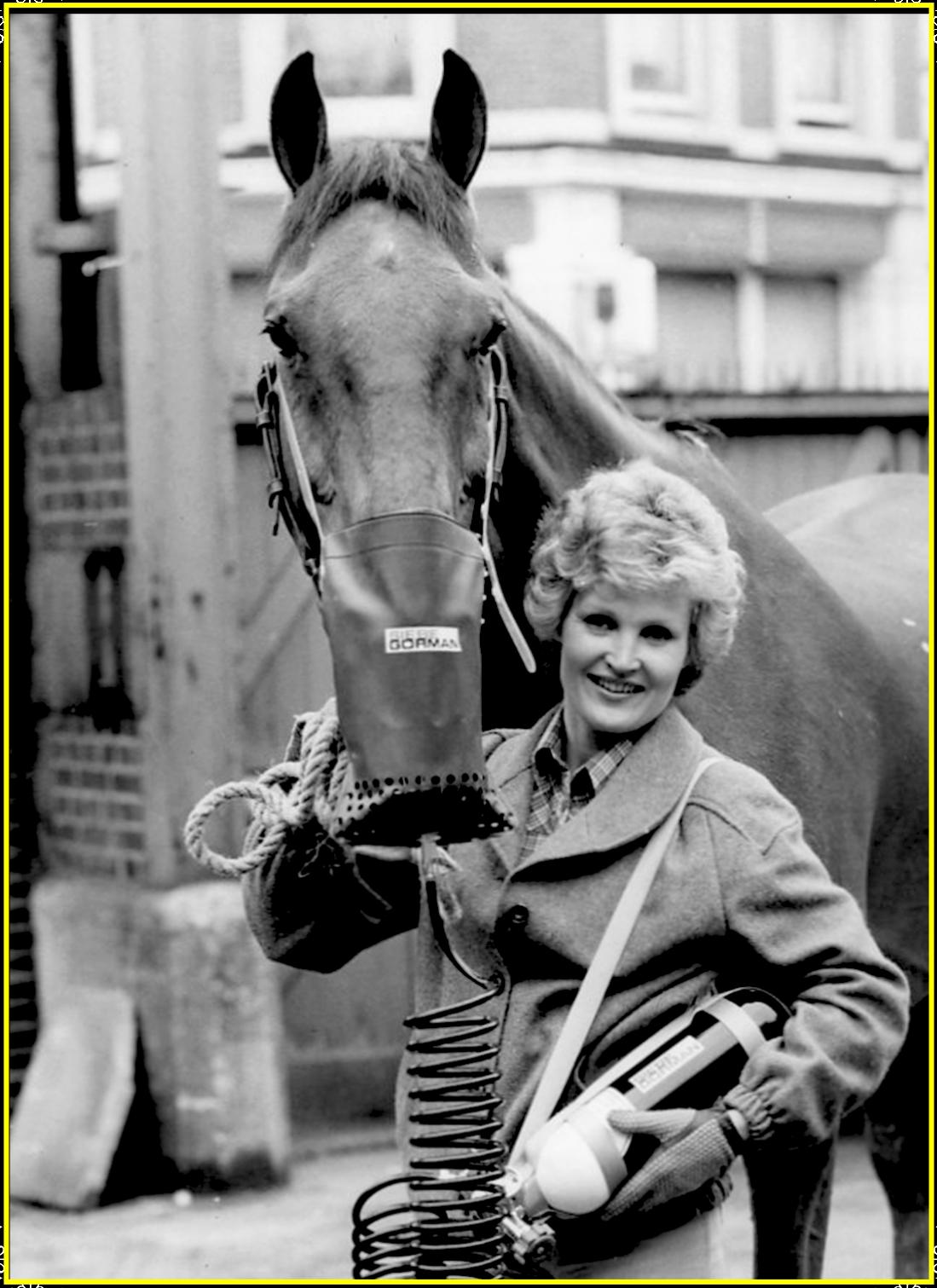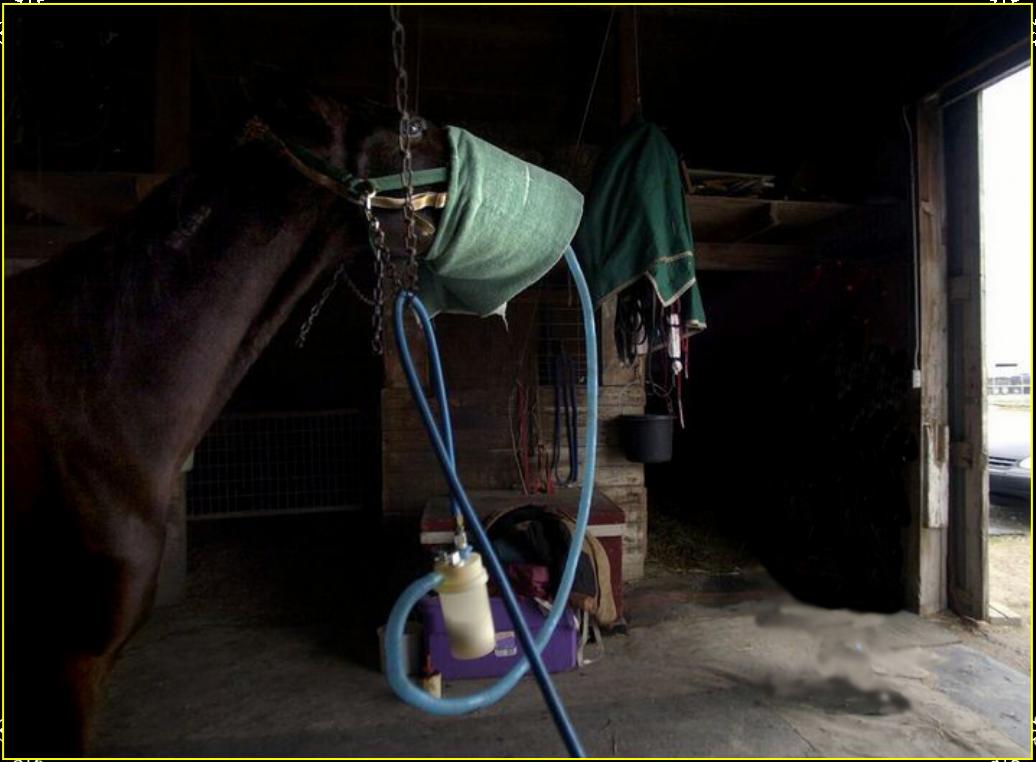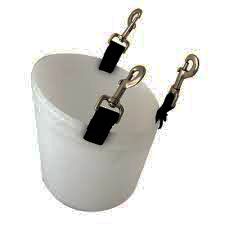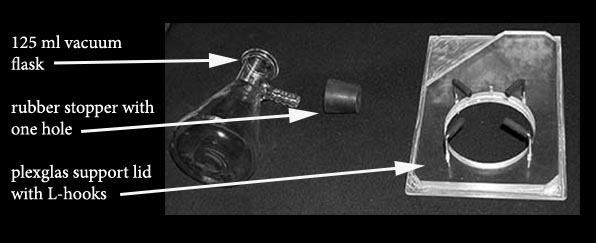Probably the first inhaler that is the forerunner of our modern nebulizer was invented in 1858 by Dr. Sales-Girons. This inhaler was the first to force medicated fluid by compressed air through a tube with a small opening against a metal plate which produces a fine spray (atomized). The first atomizer was born! Later, a modification was added that involved the use of two tubes. It is described as such: ". . . two glass tubes having capillary openings at one end, these two ends being placed almost at a right angle with each other. The more open end of the perpendicular tube is immersed in the medicated fluid and as the compressed air is forced through the horizontal tube, the air in the perpendicular one becomes exhausted and the medicated solution then r3ises in it and whit it arrives a the capillary opening, is dispersed in very fine spray by the force of the compressed air passing along the other tube." And let's face it, our common nebulizer is simply an atomizer.
Aerosol particle size is important! "Larger particles (> 10 μm (microns) are filtered in the nose and/or the oropharynx, largely by inertial impaction; particles of 5-10 μm generally reach the lower respiratory tract, and particles of 1-5 μm reach to the lung periphery. As particle size increases above 3 μm, aerosol deposition shifts from the periphery of the lung to the conducting airways. Exhaled loss is high with very small particles of 1 μm or less. Consequently, particle sizes of 1-5 μm are best for reaching the lung periphery, whereas 5-10 μm particles deposit mostly in the conducting airways, and 10-100 μm particles deposit mostly in the nose." One of the major disadvantages of nebulizes is that drug dosage loss is common by the time it reaches the inner lungs. The obstacles of preventing the full dose getting into the lungs are that much of it will be stopped at the head-nostril regions or be lost in the actual nebulizer tubing or be exhaled by the patient. Note this dispite drug dosage loss, it has been repeatedly shown that the use of nebulizers can still achieve therapeutic results. So don't be discouraged!
There are basically four types of nebulizers on the market:
The common and low cost compressed air (jet) type. Ranging in new price from $50-up). This is the common nebulizer seen almost everywhere that incorporates a small air compressor with the system and is likely the system configuration of equine nebulizer units found and sold at the tack shops. If you already own an air compressor, it is a simple matter of just buying low cost components and making your own unit. The higher the air pressure, generally the smaller the particle produced so models can vary in efficiency. "Increasing the fill volume is another factor that increases the efficiency of jet nebulizers. These nebulizers do not function well with small fill volumes like 2 mL or less because this is close to dead volume (also termed residual volume). Jet nebulizers do not aerosolize below dead volume; therefore, it is recommended to use a fill volume of 4-5 mL unless the nebulizer is specifically designed for a smaller fill volume."
The ultrasonic type of nebulizer is the second type most commonly found and a bit more expensive than the jet nebulizer. ($100 and up). It uses a ultrasonic transducer to vaporize the solution. It is generally thought that this type of nebulizer will produce a more consistent, smaller particle size, but it will also heat up the nebulizer solution and for some heat sensitive compounds, this action may show some degradation. The ultrasonic nebulizer creates particle sizes of about 1-6 microns. An ultrasonic nebulizer has 3 components: the power unit, the transducer, and a fan. The power unit also controls the amplitude of the ultrasonic waves. This is user adjustable, with an increase in amplitude resulting in an increase in output from the ultrasonic nebulizer. In some ultrasonic nebulizers, the solution to be nebulized is placed directly over the transducer. In others, the solution to be nebulized is placed into a nebulization chamber and a water couplant chamber is placed between the transducer and the medication chamber. A fan is used to deliver the aerosol produced by the ultrasonic nebulizer to the patient, or the aerosol is evacuated from the nebulization chamber by the inspiratory flow of the patient.
The other two types: (3) vibrating mesh/horn nebulizer and the (4) microprocessor controlled breath actuated nebulizer will not concern us here due to cost and other factors.


























